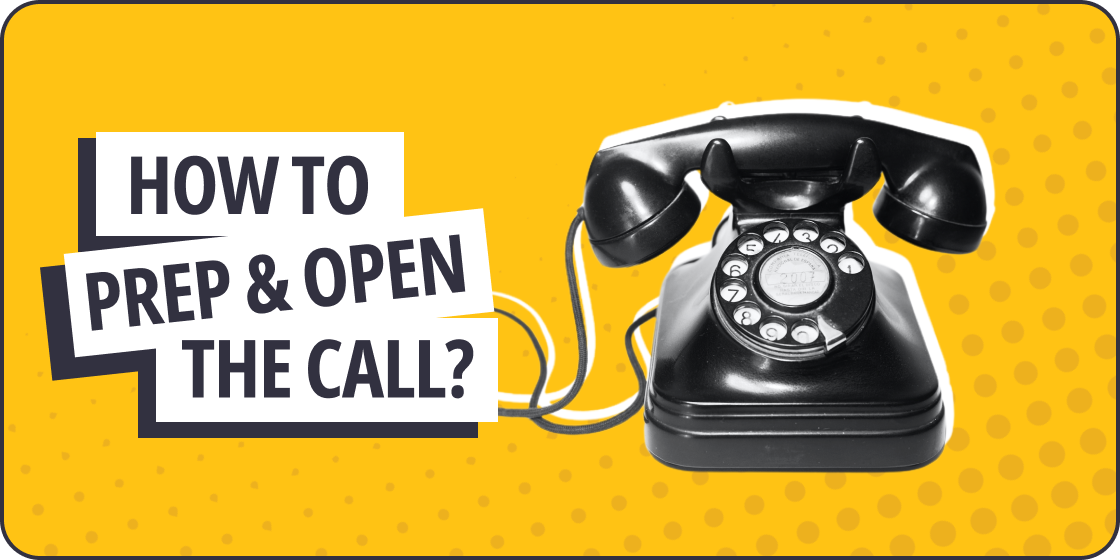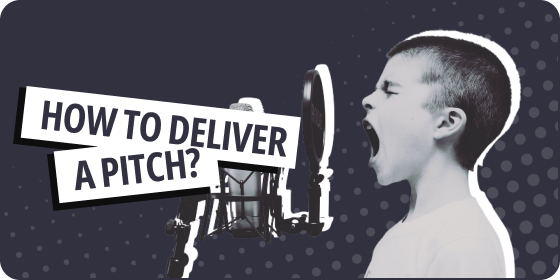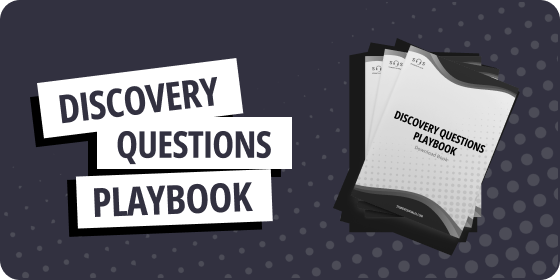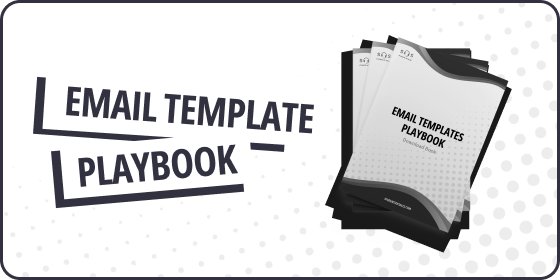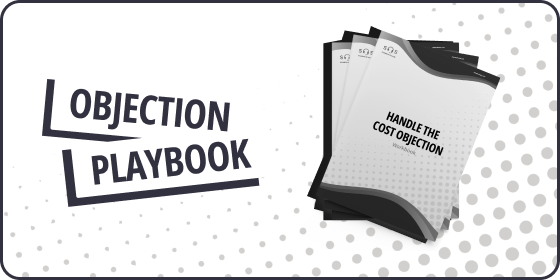Calling a Prospect vs. Emailing a Prospect

Calling a Prospect vs. Emailing a Prospect
As an SDR, you know that making contact with potential clients is crucial to booking meetings, hitting your sat meeting targets, and getting promoted. But with so many different communication channels i.e. phone, text, email, Linkedin, snail mail, carrier pigeon, etc. available, it can be tough to decide which one is the best for reaching out to prospects. One of the most common questions we here at the Students of Sales receive from SDR first-timers is “should you pick up the phone and give them a call, or send them an email instead?”.
There are pros and cons to both approaches. In this lesson, we’ll explore the benefits and drawbacks of calling and emailing prospects to help you decide which approach is best for you.
Calling Prospects:
Pros:
- Calls can be more effective at reaching a decision-maker or getting an immediate response: You make the call, they pick up the phone, and your immediately engaged in a conversation. From there you can determine if they are the right person to speak with, if there is a problem you can help them solve, and if they are interested in learning more.
- Calling gives you the opportunity to build rapport and personal connections with prospects: Phone conversations allow you to ask questions, gain interest, get referrals and share insights that help relationship development, reduce resistance and reach an agreement to meet with one of your AE’s.
- Calling allows you to address any questions or objections in real-time: Often your calls will be met with questions, brush-offs, and objections. On a call, they can be neutralized, addressed, and overcome with questions, understanding, and value-building responses.
Cons:
- Calling can be time-consuming, especially if you need to leave voicemails or follow up multiple times: On average, it takes 8 cold call attempts to reach a prospect and 2-3 minutes if you’re working through phone trees and leaving voicemails. Calling can be slow and time-consuming without tools like an auto-dialer and prospects’ direct dial and or cell phone numbers.
- Some prospects may prefer email or may not be available to take calls: C-Level execs and Sales Leaders, are more likely to pick up their phones. Other roles such as IT, legal, and Healthcare related are more inclined to respond to emails. So understand your target prospect and how they prefer to communicate.
- Calls can be more difficult to track and measure than emails: Unless you manually document and record your call activity or you use a sales execution platform that tracks the number of attempted calls you’ve made to each of your leads it can a challenge to keep track of all your call attempts.
Emailing prospects:
Pros:
- Emailing allows you to reach prospects at a time that is convenient for them: In sales timing is everything. An email exists in their inbox until they delete it. This allows your prospect to address your message when they are not distracted by other activities and responsibilities.
- Emailing can be easier to track and measure than calls: When sending emails it’s possible to track when a prospect opens your email, clicks on any links, or opens an attachment like a data sheet.
- Emailing allows you to easily customize and personalize your message with email marketing tools: Email marketing tools like Hubspot, MailChimp, and Outreach make it simple to create and deliver templated and custom email messages for every situation and scenario from cold outreach to following up.
Cons:
- Emailing may not be as effective at building personal connections or rapport with prospects: Email personalization can only go so far and rapport building is nonexistent in an email conversation.
- There is a risk that your email will be ignored or deleted: According to our 2022 Email Marketing Benchmarks Report, the average email open rate was 21.5% That means almost 80% of emails never get opened, limiting your chances to grab their attention, get them interested and booked in for a meeting.
- Emailing can be more difficult to address questions or objections in real-time: Emails are not the ideal terrain to attempt overcoming objections or negotiating price or terms.
Some salespeople may find that calling is more effective for their business, while others may prefer emailing. In my opinion, I will choose to make phone calls to prospects over sending emails because of the opportunity to have a real-live conversation, ask questions, qualify/disqualify, build rapport and value as well as get a decision on the spot
Ultimately, the right approach to effective, results-producing prospecting is a combination of high volume, persona-targeted phone calls, personalized and templated emails as well as the use of social media, text, and referrals, to make for a strategic and complete prospecting process.








